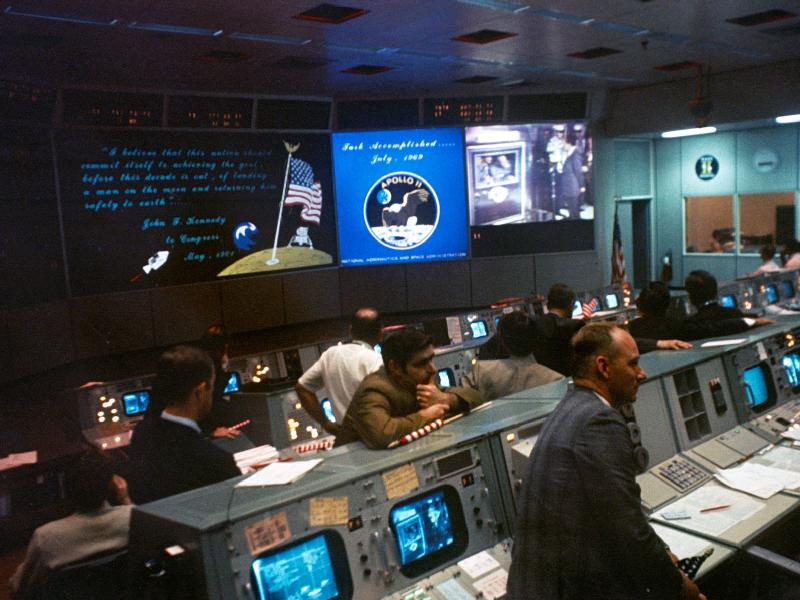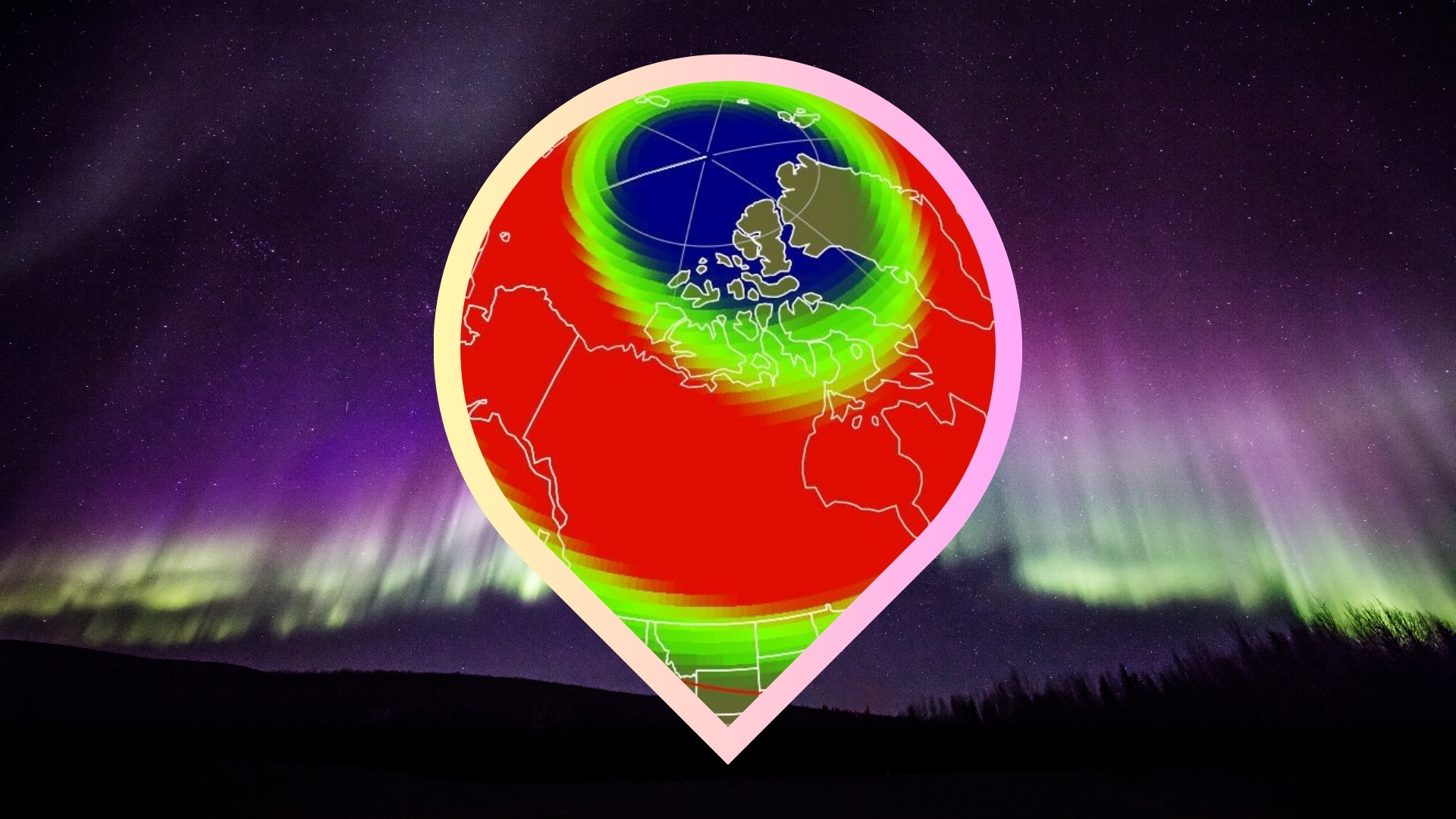Johnson Space Center (JSC): NASA's 'Houston'
NASA's Johnson Space Center in Houston has been the agency's human spaceflight hub for half a century, though not always under its current name.
JSC was established in 1961 as the Manned Spacecraft Center. It was envisioned as a key support facility in NASA's quest to put a man on the moon by the end of the decade, the ambitious goal laid out by President John F. Kennedy in May 1961.
The center became operational in 1963 and was renamed 10 years later to honor Texas' own Lyndon Baines Johnson, the 36th president of the United States, who died in January 1973. JSC donned its new name on Feb. 17, 1973.
JSC employs about 15,000 civil servants and contractors (approximately 110 of which are astronauts) and occupies more than 200 buildings spread across 1,700 acres (690 hectares) of land. [NASA's 17 Apollo Moon Missions in Pictures]
Astronaut training center
JSC is the home of NASA's astronaut corps. Every one of the agency's spacefliers trains there before blasting off, as do foreign astronauts bound for the International Space Station.
Such training takes many forms. The Space Vehicle Mockup Facility, for example, allows astronauts, engineers and mission support staff to practice operating the 430-ton space station with full-scale mock modules.
Astronauts prepare to live and work in microgravity with the help of partial-gravity and virtual-reality simulators at JSC, and they practice spacewalks at a Johnson satellite facility called the Neutral Buoyancy Lab — an enormous pool that holds 6.2 million gallons (23.5 million liters) of water. The pool is the largest in the United States, "perhaps in the world," then-JSC-employee Herb Baker told Space.com in 2016.
Breaking space news, the latest updates on rocket launches, skywatching events and more!
There's no diving board for this pool. Instead, astronauts are lifted in by crane. A mock space station lies beneath the blue surface. According to Baker, each mock spacewalk lasts 6 to 7 hours, with divers switching out in shifts.
Further, before NASA's space shuttle program ended in July 2011, pilots and commanders kept their flying skills sharp in T-38 jets based at an airfield close to JSC.
'Houston, we've had a problem'
JSC's Mission Control — now formally known as the Christopher C. Kraft Jr. Mission Control Center — has helped plan, support and operate every NASA human spaceflight mission since 1965. Indeed, off-Earth NASA astronauts have long used "Houston" when addressing their handlers in Mission Control, exemplified by Jack Swigert's famous utterance during 1970's harrowing Apollo 13 moon mission: "Houston, we've had a problem."
That problem, incidentally, was an exploded oxygen tank that crippled the mission's service module and threatened the lives of all three astronauts onboard. Some quick and creative thinking got the men home safely, after a dramatic slingshot trip around the moon.
The 1995 movie "Apollo 13" took some creative license with the phrase, changing it to "Houston, we have a problem" and having the words come out of Apollo 13 commander James Lovell's mouth.
Today, there are three mission control offices in building 31. The original historical room took commands from the Apollo crew. The International Space Station Flight Control Room has been in use since 1998, but has been slowly phased out as missions shift to the newest flight control, Mission Control 21 (MCC-21).
No longer in use, the historic control room directed shuttle missions until 1992. It has been restored to look much as it did in the early Apollo days. In 1985, it was designated a National Historical Landmark. The room now contains boxy green computers from the 1960s, while mission patches line the walls of the room. Five giant screens in the front display a map of the world and images of the rocket launches. A red phone stands in as a direct line from the flight director to the president of the United States.
"The work done in this room and in this building will never again be duplicated," flight director Tony Ceccacci told his ground control team before signing off for the last time. "I believe the accomplishments of the shuttle program will become the next set of 'shoulders of giants' for the future programs to stand on."
In MCC-21, the layout is similar to the historical room, with screens on the front and lines of desks. Teams of engineers and technicians at Mission Control are on duty around the clock every day, keeping watch over the astronauts who have established a continuous human presence aboard the $100 billion space station for a dozen years.
These flight controllers monitor the crewmembers' health and safety and ensure that all spacecraft systems are operating properly.
Mission Control also houses a training room in which simulated spaceflights are practiced, a Life Sciences Control Room that helps oversee spaceborne experiments and the Exploration Planning Operations Center, which tests out concepts for journeys beyond low-Earth orbit.
"The story of this building has changed from the original days, through the mid-90s to now — and this won't be the last one," William Foster, ground control office in Mission Control, said in a 2013 NASA interview. "The evolution [of Mission Control] will continue as technology improves."
A center of research
JSC is also engaged in several research projects, exploring ways to keep astronauts healthy in orbit, get the most scientific return out of their off-Earth stays and help them reach more far-flung destinations, such as Mars or asteroids. [Infographic: NASA Centers' New Mission]
For example, JSC scientists study ways to mitigate the worst effects of microgravity and radiation exposure on the human body. They're also working to develop new and better life support systems, in-space living quarters and spacewalk gear.
JSC houses the Space Food Systems Laboratory, where biochemists come up with meals for astronauts and figure out space-friendly packaging and preparation methods.
Further, JSC worked with car manufacturer General Motors to build the first humanoid robot to reach space. The $2.5 million Robonaut 2, which arrived at the space station in February 2011, is designed to help astronauts with complex chores and keep the orbiting lab running properly.
JSC is also leading development of the Space Exploration Vehicle, which can be configured to fly freely through space or sit atop a 12-wheeled chassis to become a rover about the size of a pickup truck. Either way, the SEV's pressurized cabin can carry two astronauts on 14-day trips.
Another Johnson project is the Morpheus planetary lander, an experimental vehicle that demonstrates new "green" propellants and autonomous landing-hazard detection technology. Morpheus, which could carry about 1,100 lbs. (500 kilograms) to the moon someday, crashed during its first free-flight test in August 2012.
Visitors center
Space Center Houston is the Johnson Space Center's visitors center. Exhibits and tours offer a look at spacecraft, astronaut gear, laboratories and training facilities. The center is open every day except Dec. 25. Also, Oct. 8 is reserved for home-schooled visitors. Space Center Houston is located at 1601 NASA Parkway, about 25 miles south of downtown Houston and right next door to Johnson Space Center.
Additional reporting by Nola Taylor Redd, Space.com contributor
Additional resources

Michael Wall is a Senior Space Writer with Space.com and joined the team in 2010. He primarily covers exoplanets, spaceflight and military space, but has been known to dabble in the space art beat. His book about the search for alien life, "Out There," was published on Nov. 13, 2018. Before becoming a science writer, Michael worked as a herpetologist and wildlife biologist. He has a Ph.D. in evolutionary biology from the University of Sydney, Australia, a bachelor's degree from the University of Arizona, and a graduate certificate in science writing from the University of California, Santa Cruz. To find out what his latest project is, you can follow Michael on Twitter.


